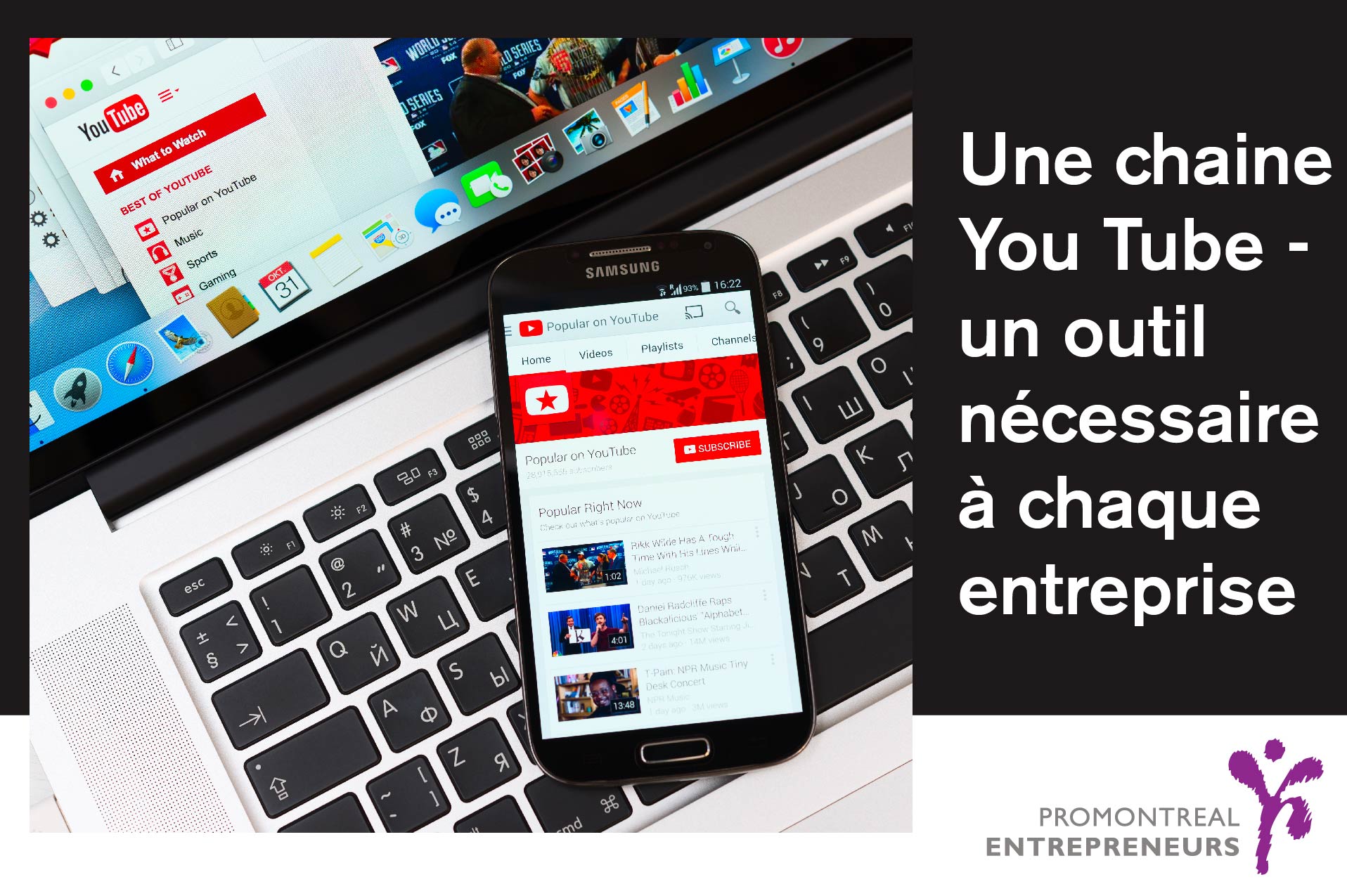 «Le message, c’est le médium». La phrase célèbre de Marshall McLuhan ne pourrait viser plus juste. La plupart du temps, ce n’est pas le contenu que vous créez qui fait la différence, c’est plutôt la façon dont vous choisissez de le diffuser. Par exemple, un concept qui peut sembler médiocre sous forme de publicité imprimée peut résonner brillamment sur film. De nos jours, les vidéos publiées sur YouTube sont incontestablement le meilleur moyen de propager votre message. En plus de sa vaste portée et de sa capacité d’augmenter considérablement le trafic sur votre site, YouTube est le meilleur outil qui soit offert aux spécialistes du marketing pour présenter une histoire. Andy Nulman, un des fondateurs de Juste pour rire et de Play the Future (PTF), a déclaré que dans le meilleur des scénarios, YouTube peut être un jardin d’Eden, mais dans le pire des scénarios, ça peut devenir l’ange de la mort. S’adressant à une classe d’étudiants de McGill, il a également dit que les vidéos YouTube, lorsqu’elles sont correctement présentées, valent potentiellement un million de mots. Nous sommes entièrement d’accord. Voici quelques raisons pour lesquelles nous croyons que YouTube devrait être une méthode de commercialisation utilisée par tous les entrepreneurs.
«Le message, c’est le médium». La phrase célèbre de Marshall McLuhan ne pourrait viser plus juste. La plupart du temps, ce n’est pas le contenu que vous créez qui fait la différence, c’est plutôt la façon dont vous choisissez de le diffuser. Par exemple, un concept qui peut sembler médiocre sous forme de publicité imprimée peut résonner brillamment sur film. De nos jours, les vidéos publiées sur YouTube sont incontestablement le meilleur moyen de propager votre message. En plus de sa vaste portée et de sa capacité d’augmenter considérablement le trafic sur votre site, YouTube est le meilleur outil qui soit offert aux spécialistes du marketing pour présenter une histoire. Andy Nulman, un des fondateurs de Juste pour rire et de Play the Future (PTF), a déclaré que dans le meilleur des scénarios, YouTube peut être un jardin d’Eden, mais dans le pire des scénarios, ça peut devenir l’ange de la mort. S’adressant à une classe d’étudiants de McGill, il a également dit que les vidéos YouTube, lorsqu’elles sont correctement présentées, valent potentiellement un million de mots. Nous sommes entièrement d’accord. Voici quelques raisons pour lesquelles nous croyons que YouTube devrait être une méthode de commercialisation utilisée par tous les entrepreneurs.
PORTÉE
Ce n’est pas un secret que YouTube est un espace très achalandé. Avec près de 300 heures de vidéos téléchargées chaque minute, YouTube peut sembler être une plateforme intimidante pour beaucoup d’entrepreneurs. Sans compter le fait que la grande majorité de ces vidéos ne sont pas produites avec les connaissances nécessaires pour attirer un large auditoire, qu’elles ne recueillent probablement que quelques dizaines de vues, et que vous ne ciblez pas les mêmes personnes. YouTube est le deuxième plus grand moteur de recherche au monde avec un milliard d’utilisateurs chaque jour. Obtenir qu’un tout petit pourcentage de ces gens trouve votre vidéo par le biais d’une recherche ou d’une recommandation est le meilleur de tous les types de contact que vous pouvez espérer avec des clients potentiels.
TRAFIC
Sur YouTube, le trafic se fait dans les deux sens. Les gens peuvent accéder à vos vidéos YouTube à partir de votre site Web et d’autres plateformes, d’où vous êtes le plus susceptible d’attirer les clients existants vers votre chaîne YouTube, en même temps que vous attirez de nouveaux clients vers vos autres plateformes à partir de votre chaîne YouTube. Cela est rendu possible parce que les vidéos YouTube peuvent facilement être intégrées dans vos plateformes de médias sociaux, blogues, et sites Web de l’entreprise. Plusieurs tactiques d’optimisation pour les moteurs de recherche (SEO) peuvent être utilisées pour vous démarquer dans cet espace bondé et attirer votre marché ciblé des marchés du monde entier.
RACONTEZ UNE HISTOIRE!



 As the saying goes, you never get a second chance to make a
As the saying goes, you never get a second chance to make a  For a relatively young country, Israel has managed to build a start-up community that has surpassed all expectations and benchmarks. The golden question is one asked by Dan Senor and Saul Singer in their book
For a relatively young country, Israel has managed to build a start-up community that has surpassed all expectations and benchmarks. The golden question is one asked by Dan Senor and Saul Singer in their book 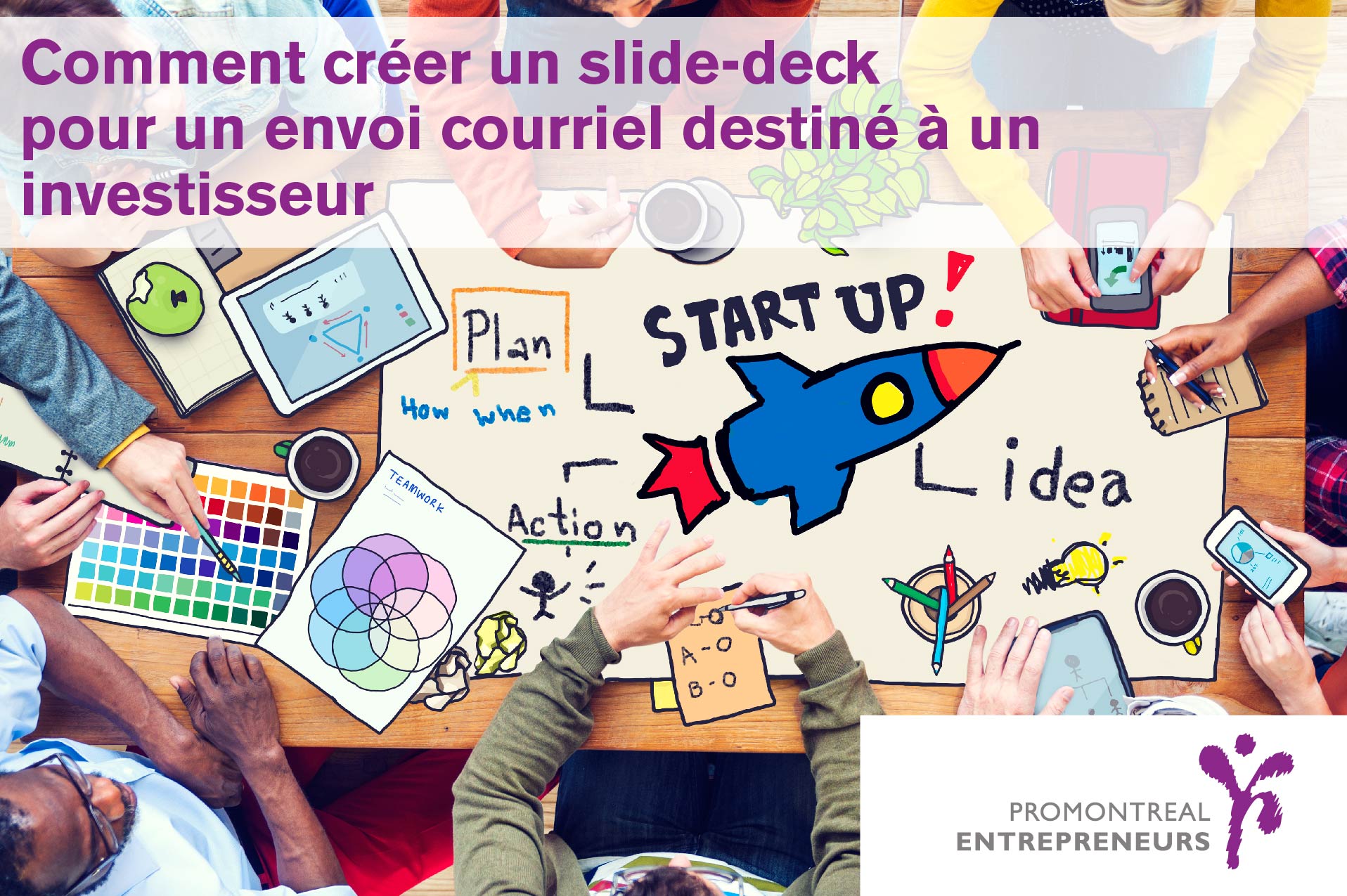

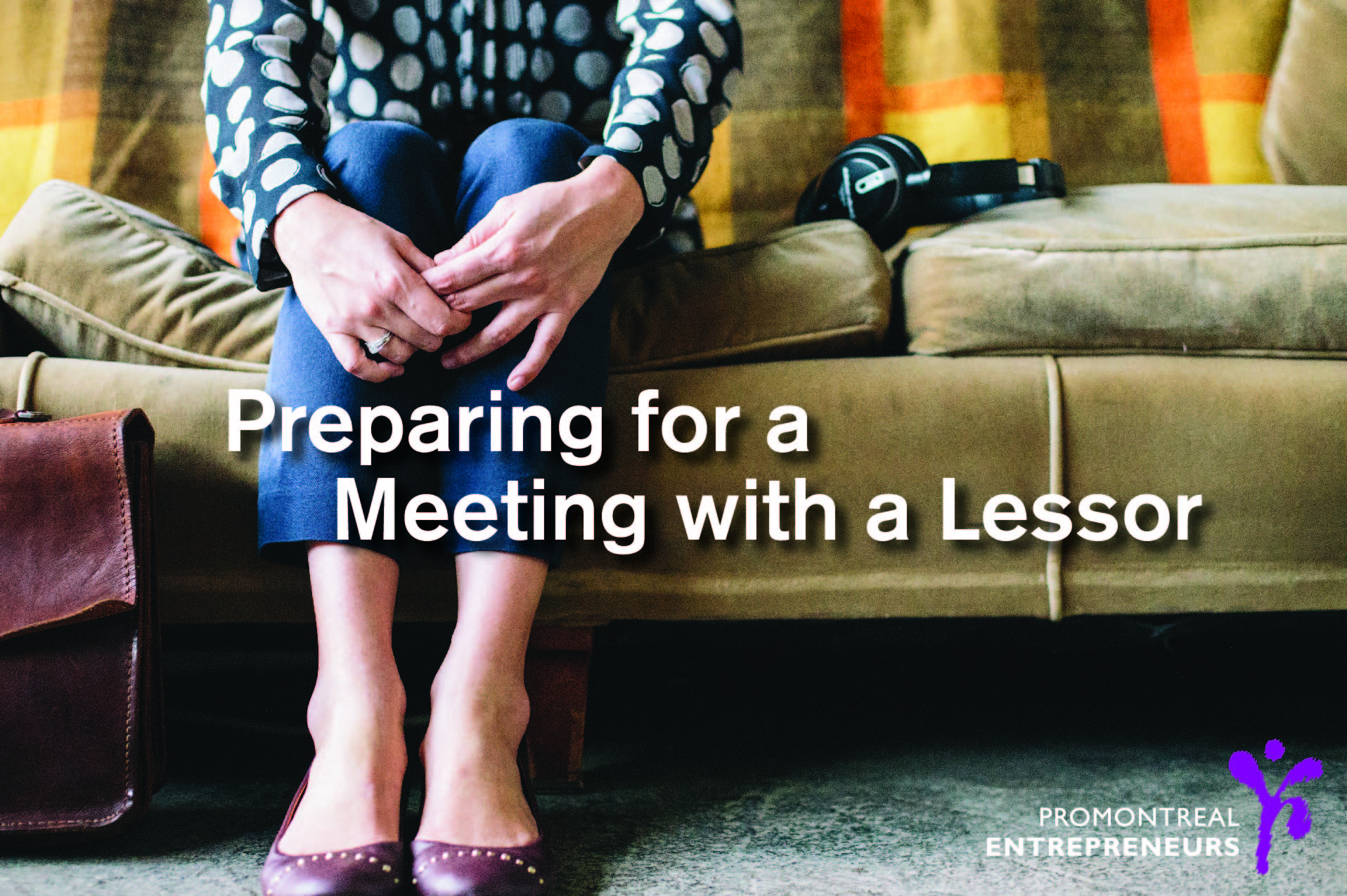 As an entrepreneur you will have to set up meetings with many potential lessors, especially in the early stages of business development. The last thing you want to do when meeting a potential financer is to look unprepared and disorganized.
As an entrepreneur you will have to set up meetings with many potential lessors, especially in the early stages of business development. The last thing you want to do when meeting a potential financer is to look unprepared and disorganized.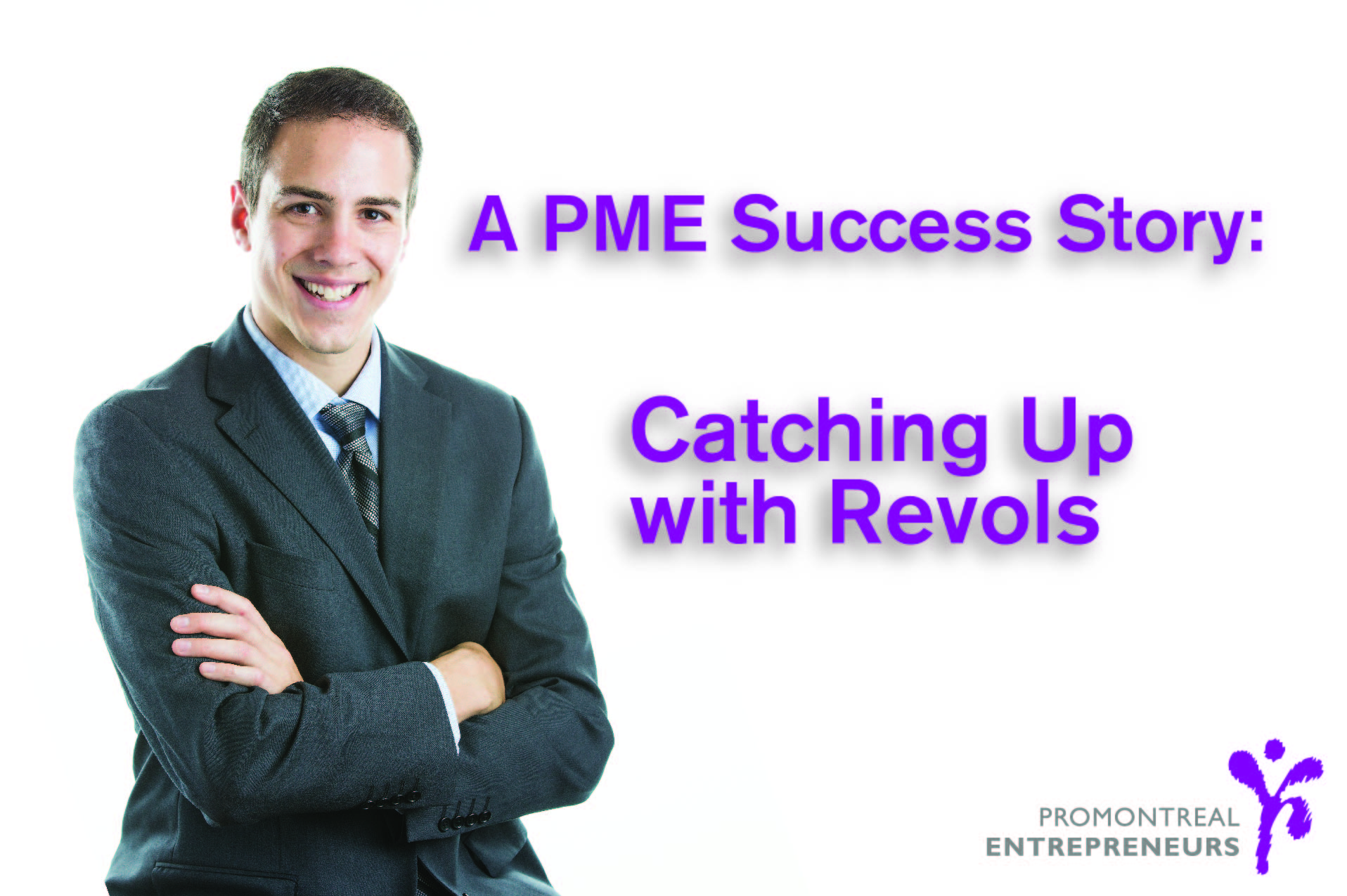 Daniel Blumer and Navi Cohen, founders of
Daniel Blumer and Navi Cohen, founders of  Innovation is an attribute largely commended as the biggest influencer of where our world is headed. Unfortunately, despite this fact, innovation is also a characteristic that education systems undervalues. Though still very important, schools seem to be putting almost all of their focus on traditional subjects. What is missing in many elementary and secondary curriculum’s are courses that will teach students to solve future problems, collaborate with others, take calculated risk and learn from failure (not just get penalized for it). The
Innovation is an attribute largely commended as the biggest influencer of where our world is headed. Unfortunately, despite this fact, innovation is also a characteristic that education systems undervalues. Though still very important, schools seem to be putting almost all of their focus on traditional subjects. What is missing in many elementary and secondary curriculum’s are courses that will teach students to solve future problems, collaborate with others, take calculated risk and learn from failure (not just get penalized for it). The  La communication par courriel et l’étiquette s’appliquant à l’usage de cette plateforme font partie intégrante de la pratique concrète des affaires. En tant qu’entrepreneur, vous devrez préparer et
La communication par courriel et l’étiquette s’appliquant à l’usage de cette plateforme font partie intégrante de la pratique concrète des affaires. En tant qu’entrepreneur, vous devrez préparer et 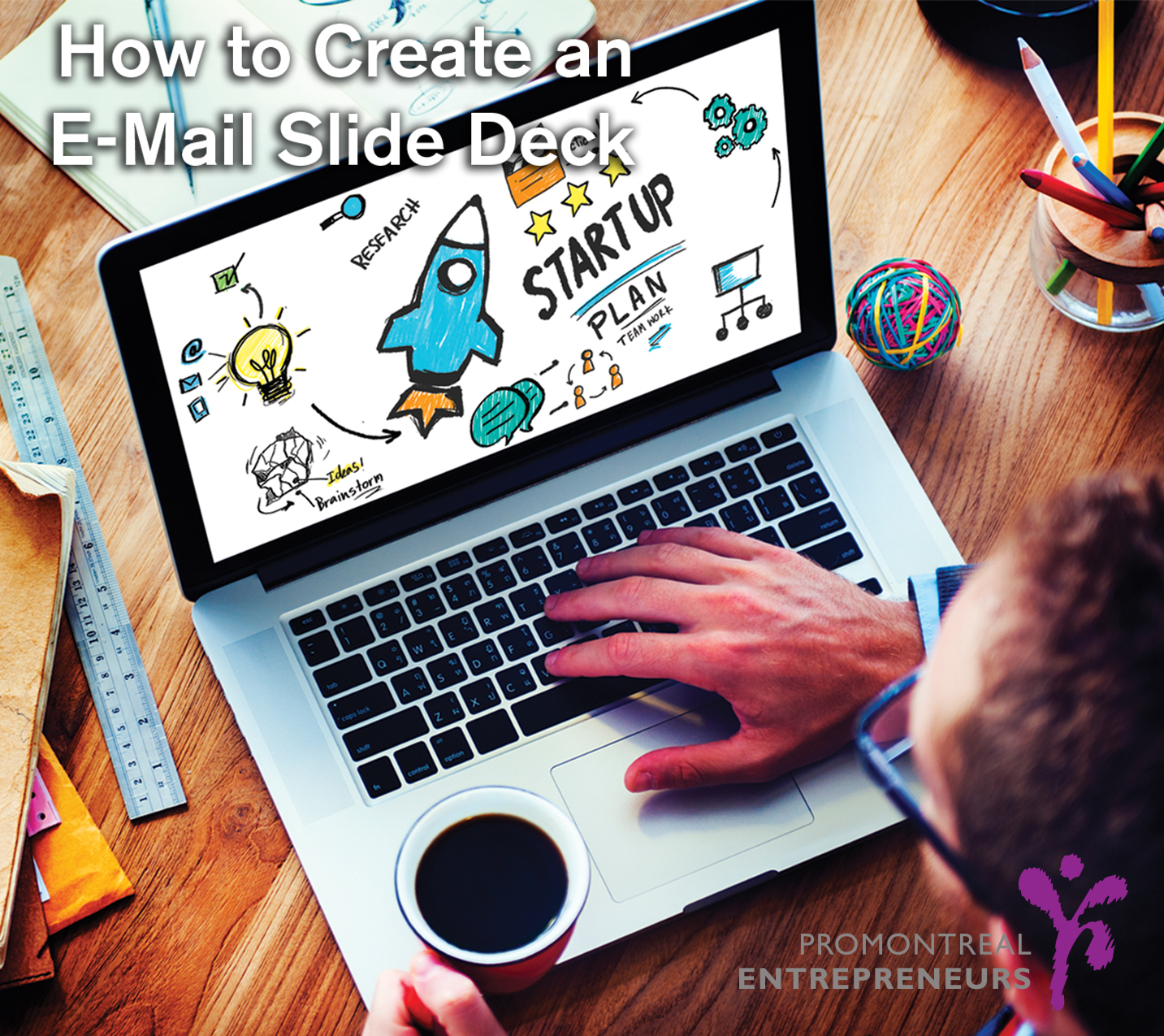 E-Mail communication and etiquette is an integral part of business practicality. As an entrepreneur you will have many slide decks to prepare and send by e-mail prior to an in-person meeting with investors. Though you may find the information in your numerous slide decks redundant and contemplate one deck for all occasions, don’t. While it may take more time to customize your slide decks, keep in mind that your potential investors will want information catered to their needs and interests at a given time. When sending a slide deck by e-mail to spark an investor’s interest, a few rules of thumb apply.
E-Mail communication and etiquette is an integral part of business practicality. As an entrepreneur you will have many slide decks to prepare and send by e-mail prior to an in-person meeting with investors. Though you may find the information in your numerous slide decks redundant and contemplate one deck for all occasions, don’t. While it may take more time to customize your slide decks, keep in mind that your potential investors will want information catered to their needs and interests at a given time. When sending a slide deck by e-mail to spark an investor’s interest, a few rules of thumb apply.